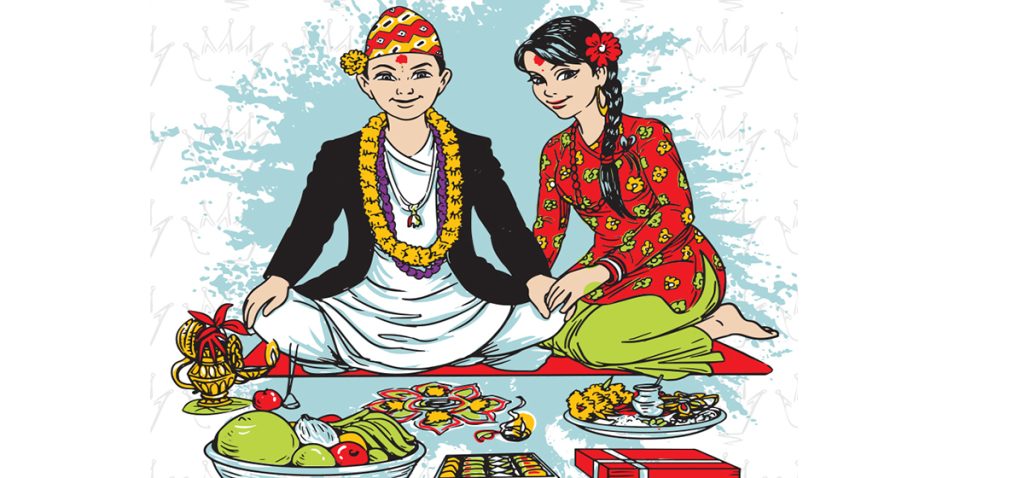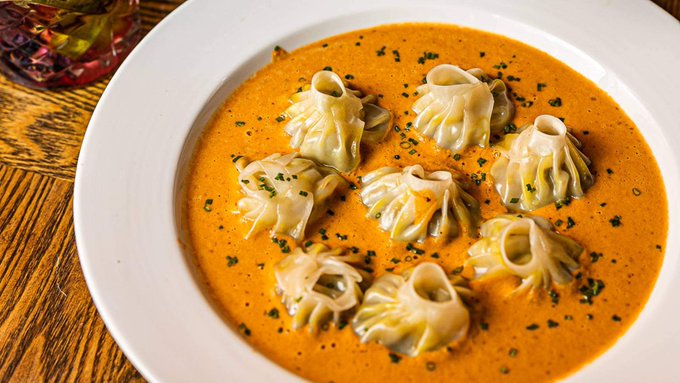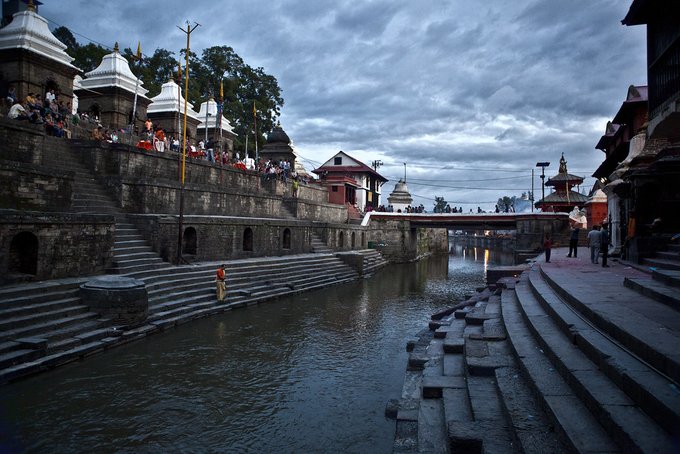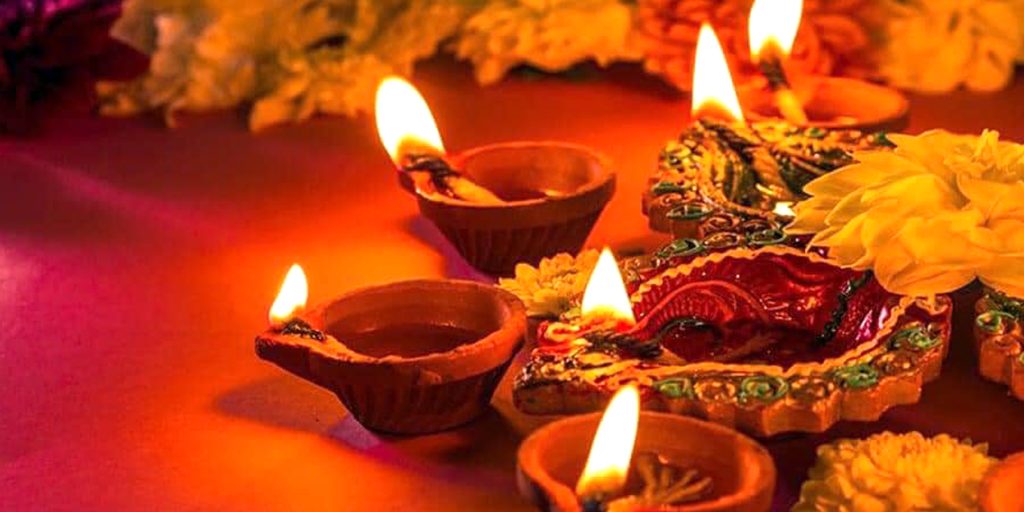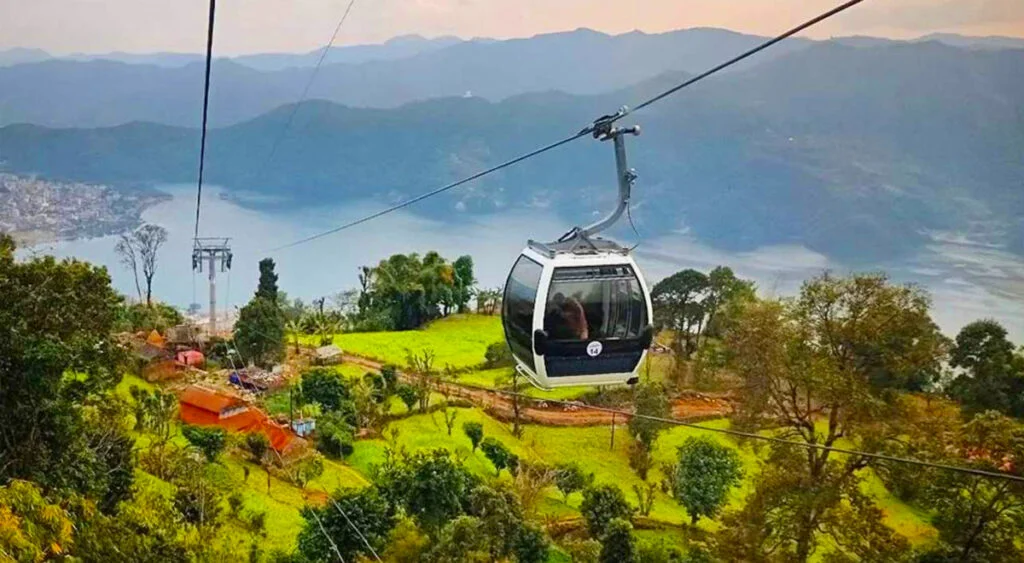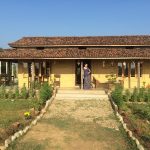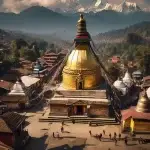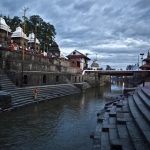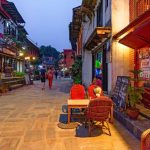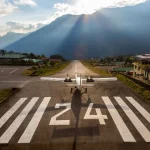Now Reading: The Most Memorable Food Tour of Kathmandu: A Journey Through Nepal’s Flavours
-
01
The Most Memorable Food Tour of Kathmandu: A Journey Through Nepal’s Flavours
The Most Memorable Food Tour of Kathmandu: A Journey Through Nepal’s Flavours
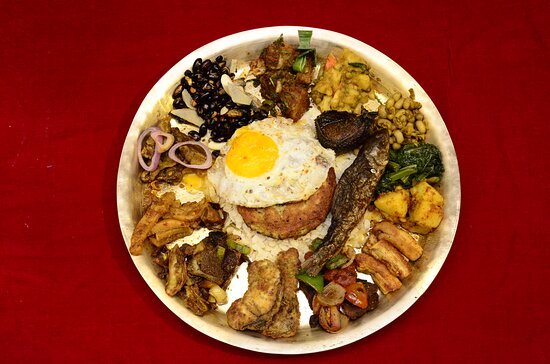
Kathmandu, Nepal’s bustling capital, is a city where every street tells a story, and so does every plate of food. From the smoky aroma of grilled meats in the alleyways of Asan Bazaar to the comforting warmth of a fresh momo steamed to perfection, the culinary scene of Kathmandu is not just about taste; it’s an experience of culture, history, and identity.
If you’re a food lover, one of the best ways to explore this enchanting city is through a guided or self-paced food tour. In this blog, I’ll take you through the most memorable food tour I experienced in Kathmandu, a delicious journey into Nepali cuisine, street eats, and traditional hospitality.
Morning: Spices, Tea & Breakfast in Asan Bazaar
Our day began early in Asan Bazaar, one of the oldest and busiest marketplaces in Kathmandu. This maze of narrow lanes is filled with colours, sounds, and smells. Walking through Asan in the morning is like stepping into a live cooking show.
We stopped at a tiny tea stall that had been running for over three generations. The chai (milk tea) here is thick, sweet, and spiced with cardamom and cloves. Locals sipped slowly from small glasses, watching the world go by.
For breakfast, we tried sel roti, a homemade rice flour doughnut that’s crispy on the outside and chewy on the inside, usually served with alu tarkari (potato curry). It’s a breakfast that reflects tradition and comfort.
Mid-Morning: Newari Flavours in Patan
We hopped in a tempo (a three-wheeler shared taxi) to Patan, the heart of Newar culture. The Newars are the original inhabitants of the Kathmandu Valley and have one of the richest and most distinctive food cultures in Nepal.
Our guide took us to a traditional Newari eatery tucked inside a 300-year-old building. The dishes were served on leaf plates and included:
- Bara – A savoury lentil pancake, soft inside and crisp outside.
- Chhoila – Spicy grilled buffalo meat, marinated in mustard oil, garlic, and green chilli.
- Aila – A strong home-distilled rice liquor served in small clay bowls.
The highlight here was samay baji, a ceremonial platter made with beaten rice, black soybeans, boiled egg, pickled radish, fried fish, and more. It’s a dish with centuries of cultural significance and multiple textures in one bite.
The Newari food experience is more than just taste; it’s deeply ceremonial and often eaten during festivals and family gatherings. Sharing this meal with locals gave us a glimpse into the deep-rooted food heritage of Kathmandu.
Lunch: Momos and Thukpa in Boudhanath
After a quick stroll through Patan Durbar Square, we headed towards Boudhanath Stupa, one of the holiest Buddhist sites in Nepal. The atmosphere around the stupa is peaceful, lined with prayer wheels, incense shops, and Tibetan restaurants.
We sat at a rooftop restaurant with a view of the stupa and ordered buff momos, thukpa, and tingmo (Tibetan steamed bread).
- The momos were plump, juicy, and served with a tangy tomato-sesame chutney. They are Nepal’s unofficial national dish, and you can find dozens of versions around the city, steamed, fried, jhol (soup), or kothey (pan-fried).
- Thukpa, a hearty noodle soup with vegetables, ginger, and meat, is the perfect comfort food.
- Tingmo, fluffy and spongy, was great for dipping in spicy sauces.
Eating Tibetan food here felt spiritual. It was not just about nourishing the body, but also connecting with the rhythm of a community that has blended into Kathmandu’s multicultural landscape.
Afternoon Snack: Street Food Crawl in Durbar Marg and Thamel
As the afternoon rolled in, we headed toward Durbar Marg and then wandered through Thamel, Kathmandu’s vibrant tourist district.
This is where street food shines.
First stop: Pani Puri (or Phuchka/Golgappa). The crispy semolina balls are filled with tangy tamarind water, spicy potato mix, and crunchy chickpeas. You eat them in one bite, an explosion of flavour, spice, and texture.
Next: Chatamari, known as ‘Nepali pizza’, is made with a rice flour base topped with minced meat, vegetables, and eggs. Crispy, savoury, and satisfying.
We also grabbed a Lassi, a chilled yoghurt drink blended with cardamom, sometimes with rose syrup or mango pulp, perfect for cooling down.
What made this part of the food tour memorable wasn’t just the food, but the energy of young Nepalis hanging out, live music in the background, and food being made fresh right before your eyes.
Evening: Traditional Nepali Dinner in a Courtyard Restaurant
As the sun began to set, we were invited to a traditional Nepali dinner at a courtyard restaurant in Kapan, away from the tourist crowds. The setting was magical: oil lamps lit the path, soft Nepali music played in the background, and the aroma of spices filled the air.
The meal was a full dal bhat set, a staple in every Nepali home:
- Dal – Lentil soup
- Bhat – Steamed rice
- Tarkari – Mixed vegetable curry
- Saag – Stir-fried greens
- Gundruk – Fermented leafy greens
- Achar – Spicy pickle made with radish or tomato
- Masu – Optional meat curry (chicken or goat)
Served on a brass plate, this meal is not only filling but well-balanced, nutritious, and full of flavour. Most restaurants offer refills so you can eat as much as your heart desires.
Nightcap: Nepali Coffee and Dessert
To end the night, we stopped by a boutique café that served locally grown Nepali coffee from the hills of Gorkha. Strong, smooth, and aromatic — it’s an underrated gem.
For dessert, we had kheer, a rice pudding with cardamom, raisins, and coconut.
Final Thoughts: A City That Feeds the Soul
The food tour in Kathmandu wasn’t just about eating, it was about connecting. With each dish, we heard stories of grandmothers passing down recipes carried by businesses running through generations and of street vendors crafting snacks with care and flair.
Kathmandu’s food culture reflects its people as diverse, humble, warm, and full of flavour.
If you’re ever in Nepal’s capital, don’t just stick to the guidebook recommendations. Walk the streets, follow your nose, eat where the locals eat, and let Kathmandu feed not just your stomach, but your soul.


